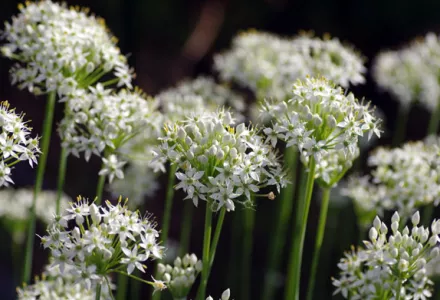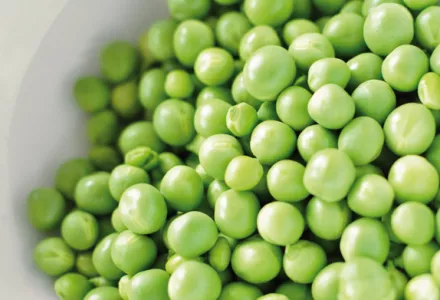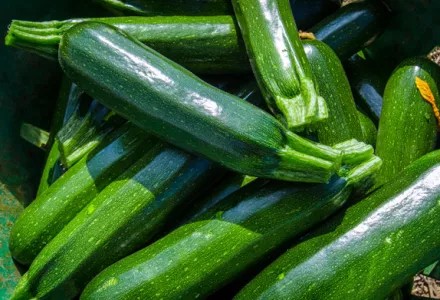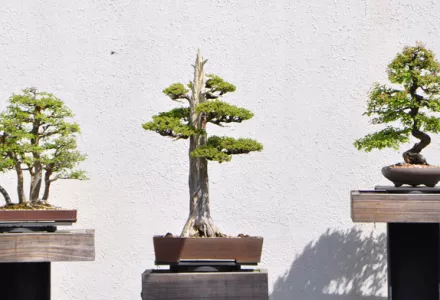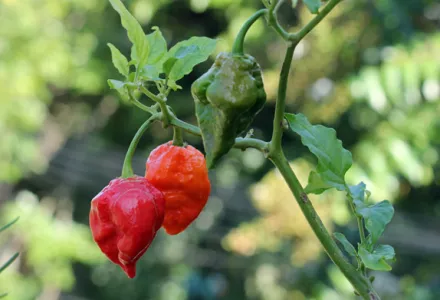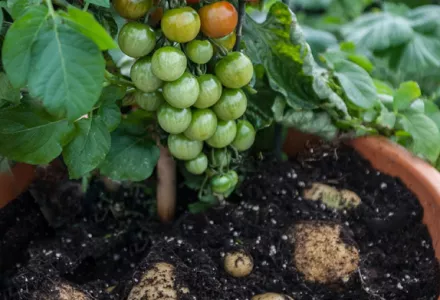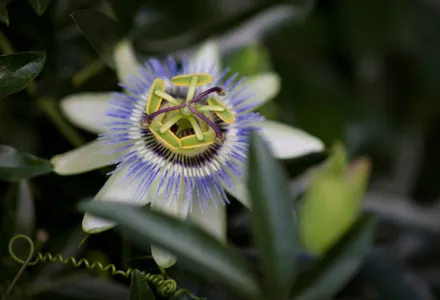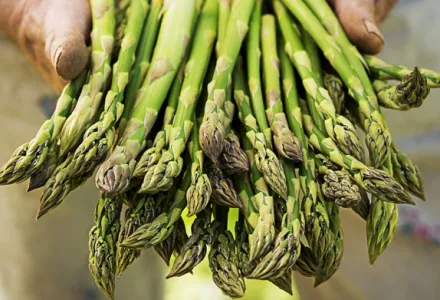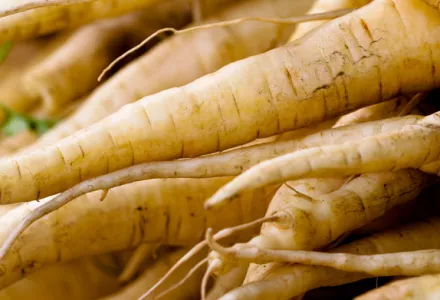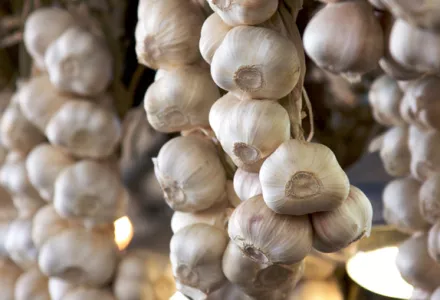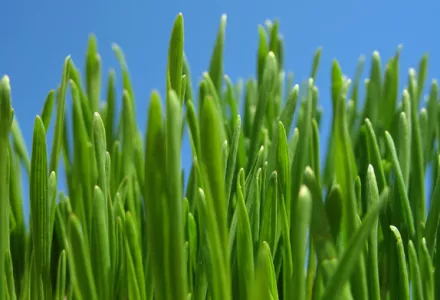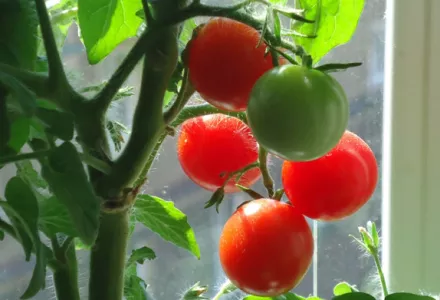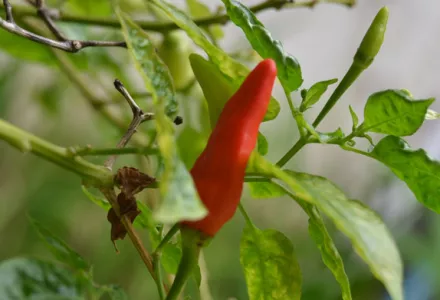For centuries, ginger has been a popular spice in both oriental and occidental cuisine. In its dried form, it can also be used as a remedy for stomach and bowel problems. The ginger plant is native to tropical climates. It has elongated, aromatic leaves, but it is the tubers, with their lumps and fingers, which are the edible part of the plant.
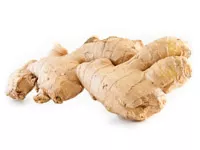
Ginger is very versatile and is used in products ranging from spicy cakes, breads, to drinks (ginger ale) and sweets. Ginger is also widely used in asian dishes. That’s no coincidence, because the tropical plant originated in south-east Asia. It has pretty yellow-red flowers, and ginger plants are now grown ornamentally too. So let’s take a closer look at this versatile exotic plant with a fascinating history.
Both our everyday name ‘ginger’ and the botanical name Zingiber Officinale are derived from the Sanskrit word ‘sinabera’, which translates as ‘horn-shaped’. The first growers of ginger thought that the rhizome of the plant – the lumpy tuber to which the rest of the root system is attached – resembled antlers. It’s the rhizome of the plant that you see sold as ‘root ginger’ in supermarkets, and with a bit of imagination you can see the resemblance to an antler.
The spice to cure all ills
Little is known about how ginger first came to be cultivated. Historians think that the plant did not exist naturally in its current form, but was bred by humans. The ginger plant has been known in Chinese culture for over 3000 years. Dried ginger roots found their way from China and India to the Middle East, and eventually to Europe. It was transported via the trade caravans of the ‘Silk Route’, along with other luxurious spices, gold and precious stone. These days, most ginger still comes from Asia. India produces the largest quantity, followed by China and Indonesia. Other ginger-producing countries include Nepal, Australia, Nigeria and Fiji.
Around 2000 years ago, ginger roots were rarer than diamonds in the Roman Empire and few could afford to buy even a single stem. Ginger was especially prized for its healing properties, which made it a valuable commodity. It was reputed to be a miracle cure for all sorts of ills and ailments. It was a painkiller, a relaxant, a breath-freshener, a decongestant and an anti-septic. And as if that wasn’t enough, it was also a remedy for ‘flu, colds, catarrh, fatigue, headaches, migraine, nausea, fever, bowel problems, diarrhea, menstrual pain and even impotence.
Sex life
Sometimes, the stories of ginger’s miraculous properties took on mythical proportions. One anecdote told of an Arab prince who, although he had a harem full of beautiful women, was unable to produce an heir. He had tried all the remedies that the doctors could offer him, but all in vain. One day, a traveling merchant paid a visit to his palace, and he presented the prince with a mysterious ginger drink. Whether it was down to the ginger or one of the other mysterious ingredients is not clear, but whatever it was, the prince was suddenly cured of all his inhibitions in the bedroom. He spent seven days and seven nights uninterrupted in his harem, so the story goes. The prince was so grateful to the merchant that he thanked him with his own weight in gold!
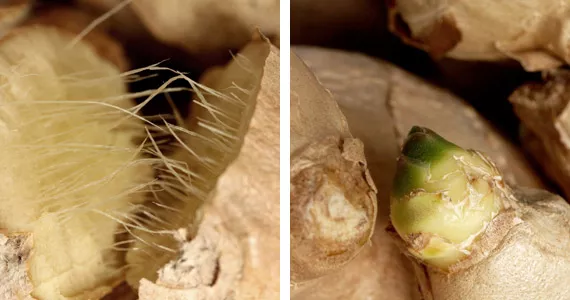
Cooking with ginger
There is a grain of truth in all these ancient legends. Ginger does indeed contain active substances that can have a beneficial effect on the human body. One of these is gingerol, which is converted to shogaol as the root dries out, and counteracts nausea and other stomach complaints.
Of course, ginger is also the perfect way to spice up your cooking. The intensity of the flavor varies according to when the ginger is harvested. The older the plant, the hotter the root will taste. Young ginger roots are softer and more succulent, and have a milder flavor. These young tubers can be eaten fresh or preserved in vinegar, sugary water or sherry, for example. Young ginger is also perfectly suited for making ginger tea. Just add sugar and lemon to taste! The juice of older tubers, by contrast, has a very strong flavor and is often used to flavor oriental recipes. The hotter varieties of the ginger root are an indispensable kitchen ingredient in China, Japan and many other South Asian countries. For example, fresh ginger is one of the most important ingredients in Indian curries and it is widely used in Burmese dishes, too. The ginger drink wedang jahe, which is made from ginger and palm sugar, comes from Indonesia. In Bangladesh, ginger is finely chopped or ground into a paste with garlic and shallots. The paste is then used as a basis for chicken and meat dishes.
Grow it yourself!
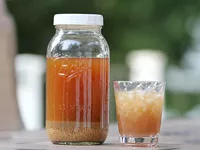
Ginger is a tropical plant which you can easily grow yourself and which does not require much expert knowledge. You start with a piece of fresh root ginger (actually the rhizome of the plant), which you can buy at any supermarket. Choose a piece which has some well-developed ‘growth buds’. The shoots will develop from these buds.
The next step is to break the root into pieces with a growth bud on each piece, and to plant these pieces in a seed tray in moist potting compost, with enough nutrients and good drainage. The usual time of year to do this is around the end of winter or the beginning of spring.
Keep the seed tray indoors, because most ginger is not winter hardy. Central heating can make the air a little too dry, so it’s a good idea to spray the plants with a mister once in a while. Ginger plants love light and warmth, but they can do just as well in strong sunlight. Avoid cold, wind or drafts at all costs.
The growing tips at the end of each ‘finger’ of the rhizome will sprout quickly. Long, slim leaves will grow from the end, which look much like sprouting grass. Within eight to ten months, the ginger plant will be fully grown. The plant can grow up to a meter and a half tall so you should allow some space to accommodate it.
Recipe
After all that talk about ginger, we couldn’t finish without giving you a recipe for a sumptuous Thai stir-fry with ginger! no need to worry it won’t take you long to prepare this. It’s really quite simple and excluding the time needed for the marinade, it only takes about ten minutes!
You will need:
- 3 spring onions cut into rings
- 1 Spanish pepper cut into rings
- 2 cloves of garlic, finely sliced
- Grated ginger
- A few drops of fish sauce
- Sesame oil
- 1 dessert spoon of olive oil
- Half a cucumber, with the seeds and peel removed
- 10 tiger prawns, raw and peeled
Preparation
Throw all the ingredients together in a wok and let them marinade for an hour. Then turn on the heat and stir-fry the whole lot for about four minutes until the prawns are cooked. Serve with rice or noodles.
Enjoy!

